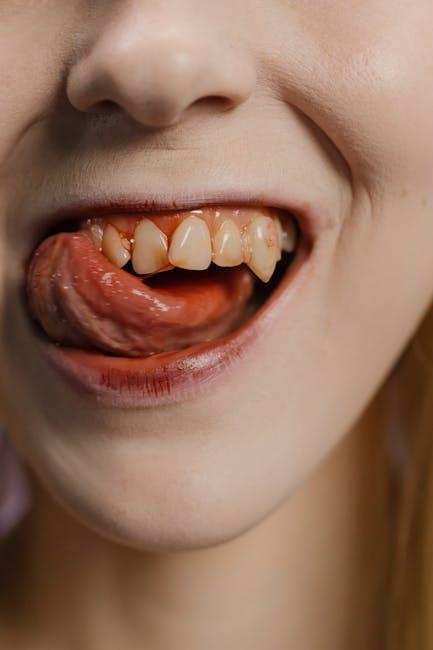
Does Medicaid Cover Dental? Orthodontics, Common Procedures & State Coverage – HealthInsurance.org
Dental health is an important part of overall wellness, yet many people wonder if their Medicaid plan covers dental care, especially services like orthodontics or common dental procedures. If you’re navigating Medicaid dental benefits for yourself or a loved one, this article will explain what you need to know, including how Medicaid dental coverage works, the extent of orthodontic services, common procedures covered, and how coverage varies across states.
Understanding Medicaid Dental Coverage
Medicaid is a joint federal and state program that helps with medical costs for some people with limited income and resources. While Medicaid provides comprehensive healthcare benefits, dental coverage is considered an optional benefit for adults. This means states have the flexibility to decide what dental services are covered for adult beneficiaries. For children under 21, however, dental coverage is mandatory under the Early and Periodic Screening, Diagnostic, and Treatment (EPSDT) benefit.
Key Points About Medicaid Dental Coverage
- Adults: Dental benefits vary greatly by state and might include preventive care, fillings, extractions, and crowns—but orthodontics coverage is less common.
- Children under 21: Dental services are required by law to be covered, covering a wide range of necessary treatments including orthodontics if medically necessary.
- Orthodontics: Typically covered when deemed medically necessary, especially for children with severe dental abnormalities, but rarely included for adults.
Does Medicaid Cover Orthodontics?
Orthodontic treatment such as braces or aligners is commonly desired for cosmetic and functional reasons, but Medicaid’s coverage of orthodontics depends largely on state guidelines and the medical necessity of treatment.
Orthodontic Coverage Details
- Children (Under 21): Most states cover orthodontics if a dentist or orthodontist determines the condition is medically necessary (e.g., severe bite problems, cleft palate).
- Adults (21 and older): Coverage is limited or not available in many states unless there is an extreme medical need.
- Approval Process: Patients often need prior authorization and a documented treatment plan for Medicaid orthodontics approval.
Common Dental Procedures Covered by Medicaid
Dental services covered by Medicaid can be broadly categorized into preventive, restorative, and surgical procedures. Below is an overview of typical services provided.
| Procedure Type | Common Procedures Covered | Notes |
|---|---|---|
| Preventive Care | Dental exams, cleanings, fluoride treatments, sealants | Usually covered for children and often for adults, depending on the state. |
| Restorative Care | Fillings, crowns, root canals, dentures | Coverage may be limited for adults — more extensive for children. |
| Surgical Procedures | Extractions, abscess treatment, oral surgery | Commonly covered, especially if medically necessary. |
| Orthodontic Treatment | Braces, retainers, corrective jaw surgery | Primarily covered for children under 21; limited adult coverage. |
Medicaid Dental Coverage By State
Since Medicaid is jointly run by the federal government and individual states, dental coverage fluctuates significantly. Some states offer comprehensive dental benefits, while others provide minimal or emergency-only dental services for adults.
State Coverage Overview
Here is a simplified comparison of Medicaid dental benefits for adults in select states:
| State | Adult Dental Coverage | Orthodontics Coverage |
|---|---|---|
| California | Comprehensive | Covered if medically necessary for adults and children |
| Texas | Emergency only | Generally not covered |
| New York | Comprehensive | Covered for children; limited adult coverage |
| Florida | Emergency only | Not covered |
| Illinois | Comprehensive | Covered for children and some adults |
For the most accurate and up-to-date information, always check your state’s Medicaid dental guidelines or contact your Medicaid office directly.
Benefits of Medicaid Dental Coverage
Understanding your Medicaid dental coverage can help you take advantage of critical oral health services. Some benefits include:
- Reduced Financial Burden: Medicaid covers much-needed dental care that might otherwise be unaffordable.
- Improved Oral Health: Regular dental visits and treatment prevent pain, infections, and tooth loss.
- Better Overall Health: Untreated dental issues can lead to systemic problems; Medicaid helps intercept these early.
- Access to Orthodontics: For children needing braces or corrective treatment due to medical necessity, Medicaid provides support.
Practical Tips for Accessing Medicaid Dental Benefits
- Verify Coverage: Know the dental benefits specific to your state Medicaid plan by visiting your state’s official Medicaid website.
- Find Participating Providers: Not all dentists accept Medicaid, so search for providers in your area who do.
- Schedule Preventive Care Early: Maintain regular dental checkups to avoid costly procedures later.
- Keep Documentation: Keep dental records and any referral paperwork, especially for orthodontics preauthorization.
- Appeal Denials: If coverage is denied, you can often appeal by providing additional documentation of medical necessity.
Real-Life Case Study: Medicaid Orthodontics Success
Jessica, a mother of two from Illinois, shares her experience:
“My son needed braces due to a severe overbite that was causing speech issues. At first, I wasn’t sure if Medicaid would cover the treatment. After consulting with his pediatric dentist and submitting the necessary documentation, the Medicaid program approved his orthodontic care. The braces made a huge difference in my son’s confidence and oral health, and we managed the costs without financial strain due to Medicaid’s coverage.”
Conclusion
Medicaid dental coverage plays a vital role in ensuring access to essential oral healthcare for millions of Americans, especially children. While adult dental benefits vary by state and orthodontics coverage may be limited, understanding your state’s Medicaid dental services can help you maximize available benefits and maintain good oral health. Always consult your state Medicaid office or your healthcare providers for specific eligibility and coverage details, and take advantage of preventive care to avoid costly dental issues down the line.
For comprehensive guidance and the latest updates on Medicaid dental coverage, orthodontics, and related procedures, stay connected with HealthInsurance.org.


